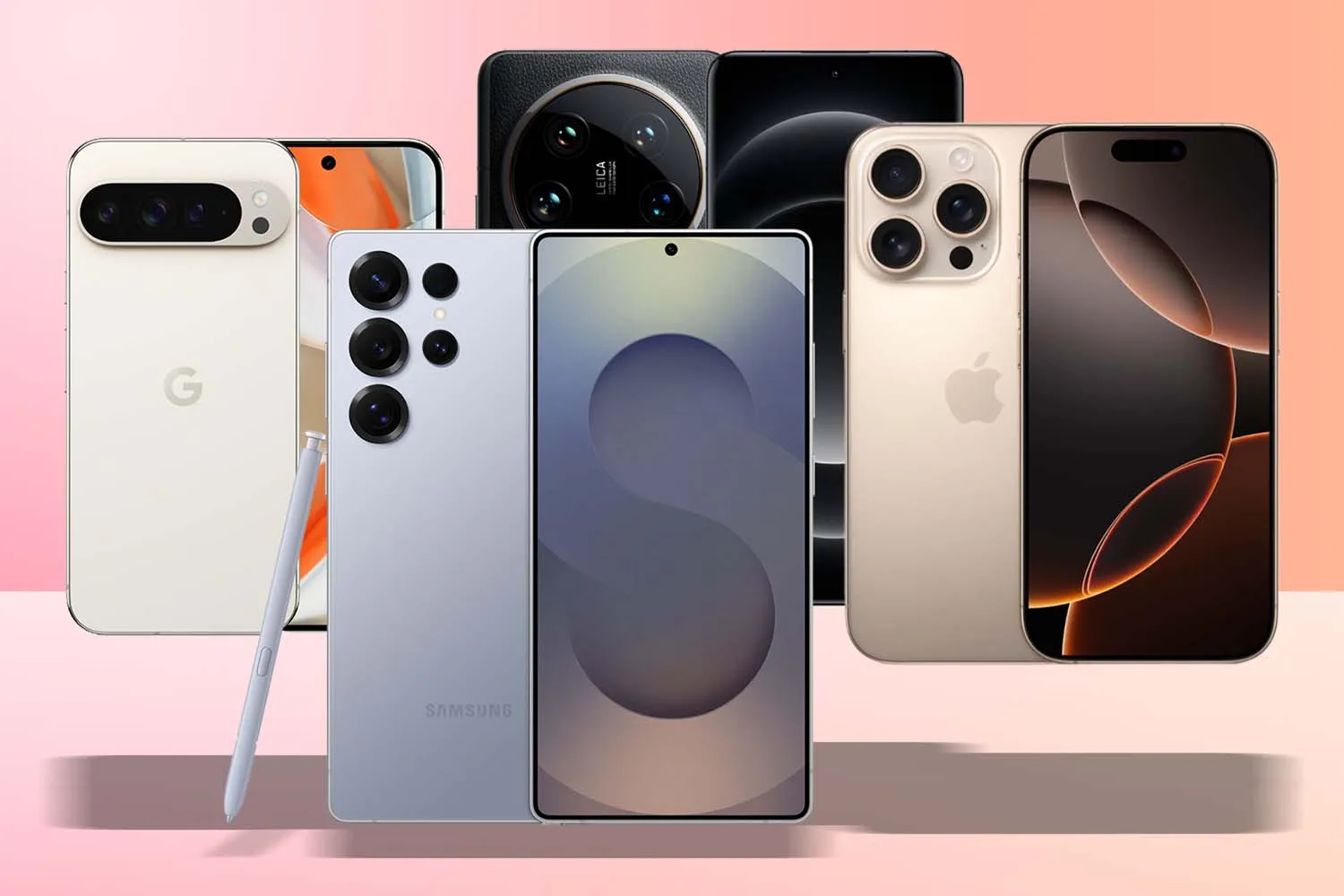Our smartphones are practically extensions of ourselves. With so much reliance on these devices, it’s no wonder that battery life and longevity are top concerns. However, over time, you might notice your smartphone’s battery doesn’t last as long as it used to. The good news is that advanced diagnostic techniques can help you understand what’s happening inside your battery and extend its lifespan.
Why Your Battery Fades Over Time
Smartphone batteries are primarily lithium-ion, a technology that offers great power and rechargeability. But each recharge cycle slightly reduces its capacity. Over time, factors like heat, high screen brightness, and constant app usage can accelerate this wear.
Advanced diagnostics help you assess your battery’s health more precisely and identify areas for improvement. By regularly monitoring your battery, you can make small adjustments to maximize its lifespan.
Using Built-In Diagnostic Tools
Most smartphones come with built-in tools to check battery health. Apple, for example, offers “Battery Health” under the settings menu for iPhone users. Here, you can see your battery’s “Maximum Capacity,” which indicates how much charge it can hold compared to when it was new.
Similarly, Android devices often have “Battery” options under Settings. You may find your screen-on time, recent charging habits, and usage trends. Some Android manufacturers, like Samsung, offer additional diagnostics that can display your battery’s performance stats.
Advanced Diagnostic Apps and Tools
If the built-in tools aren’t detailed enough, third-party apps can provide more insights. Popular apps like AccuBattery (Android) and CoconutBattery (for iOS, if connected to a Mac) give in-depth information. These apps can tell you:
- Battery Health Percentage: Shows your battery’s true capacity.
- Battery Wear Level: Tracks how much your battery deteriorates with each charge cycle.
- Usage Analytics: Offers data on which apps and services drain your battery the most.
Understanding these details allows you to pinpoint and address specific issues that may be affecting your battery’s lifespan.
Temperature Monitoring and Its Importance
Heat is one of the biggest threats to battery life. When exposed to excessive heat (above 35°C or 95°F), a smartphone’s battery begins to degrade more quickly. Most advanced diagnostic apps provide temperature readings, so you can monitor whether your phone is getting too hot.
To help reduce overheating, avoid using your phone under direct sunlight, especially while charging. If you use a high-performance app, such as a game or a video editor, take breaks to let your phone cool down. When charging, remove your phone case, as it can trap heat.
Optimizing Charging Habits for Better Battery Health
The way you charge your phone affects battery health too. To minimize wear, follow these best practices:
- Avoid Full Charges and Draining to Zero: Keep your phone charged between 20% and 80% for a healthy battery lifespan. Fully charging to 100% or draining to 0% regularly strains the battery.
- Use the Right Charger: Stick with your phone’s original charger or certified replacements. Some cheap chargers can deliver uneven current, which damages battery cells over time.
- Avoid Overnight Charging: Leaving your phone plugged in all night keeps it at 100% for hours, which adds to battery wear. Instead, try charging before bed and unplugging it once it hits around 80%.
Regular Calibration for Accurate Battery Readings
Over time, the battery percentage display may become less accurate. To recalibrate, let your battery drain completely, then fully charge it without interruption. This process, called calibration, helps your phone estimate battery life more accurately, though it doesn’t directly improve battery health.
Most smartphones automatically recalibrate periodically, but if you notice your battery level fluctuates, try this manual calibration once every few months.
Reduce Background Activity to Save Battery
Many apps run in the background, consuming power even when you’re not using them. Battery diagnostics can show which apps are causing the most drain. To limit background usage:
- Close Apps After Use: Some apps stay active even after you exit, so make it a habit to close them from your recent apps screen.
- Restrict Background Data: In settings, you can limit apps from refreshing or using data in the background.
- Adjust App Notifications: Some apps frequently check for updates and send notifications. Reducing notifications helps minimize background usage.
- Activate Battery-Saving Modes: Both Android and iOS devices offer battery-saving options. These modes can reduce brightness, limit background activity, and save power when your battery is low.
Balancing Performance with Battery Health
Ultimately, it’s about finding a balance between maximizing your phone’s performance and protecting your battery. Advanced diagnostics help you understand where to draw that line. By adjusting brightness, limiting high-power apps, and using diagnostics regularly, you can enjoy your smartphone for years without constantly worrying about battery degradation.
With these practices and phone diagnostic software insights, you’ll keep your battery running healthier and lasting longer.



